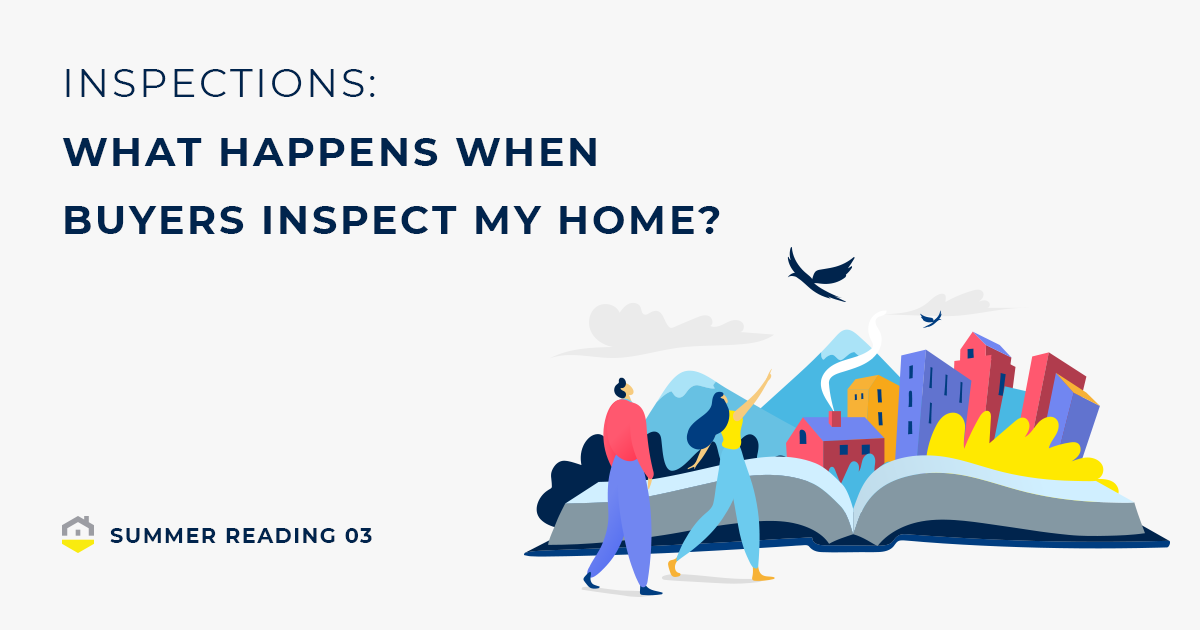After an offer is made on your home, the contract will allow a certain time period for the buyer to inspect the home.
Who pays for it?
The buyer hires the inspector and the inspector works for them.
How long does it take?
Inspections can vary depending on the size and complexity of the home. You can expect at least a couple of hours for newer or smaller homes and 3-4 for larger or more complex homes.
Should I be there?
Chances are your buyer and their agent will be there. As a result, we don’t recommend that you stay. The buyer may feel uncomfortable asking specific questions to the inspector with you there. As a seller, you want the buyer to feel comfortable enough to keep the sale going forward, and giving them the freedom to do a thorough inspection will do that.
What if they find something broken or damaged?
There are three options buyers have after receiving their inspection report.
- They can back out altogether with little consequence. The contract typically protects buyers so that if they don’t like what they find during inspections they can walk away.
- They can continue with the contract as is. Not all inspection reports trigger negotiations for repairs or a lower price. If the home is in good condition or has been priced competitively buyers may continue the sale as is.
- They can counter an offer to fix items, or discount the price. At this point, you’ll work directly with one of our agents on the best way to move forward.
It’s important to note that whatever is found during inspections does need to be disclosed to future buyers if the contract were to be canceled and the home goes back on the market.
What are they going to look for?
In short, they are looking for anything that could be a problem for the buyer.
Here’s a list of the various areas of your home they’ll be inspecting.
- Grounds – driveways, trees, shrubs, pathways, retaining walls, fences, sheds, railings, etc.
- Structure – foundation, wall & floor alignment and framing
- Roof – overall condition, shingles, facia, gutters, chimneys, and skylights
- Exterior – the condition of paint, hardy, siding, stucco, brick, etc..
- Windows, Doors, Trim – fittings, insulation, rot, glass damage
- Interior Rooms – Floors, walls, fire alarms, etc..
- Kitchen – appliances, leaks, cabinet doors, etc…
- Bathrooms – toilets, showers, sinks, drainage, leaks, water damage, etc..
- Plumbing – pipes, drains, water heaters, pressure and temperature of the water, water damage, etc…
- Electrical Systems – wiring and electrical panels, light switches, and the HVAC systems

